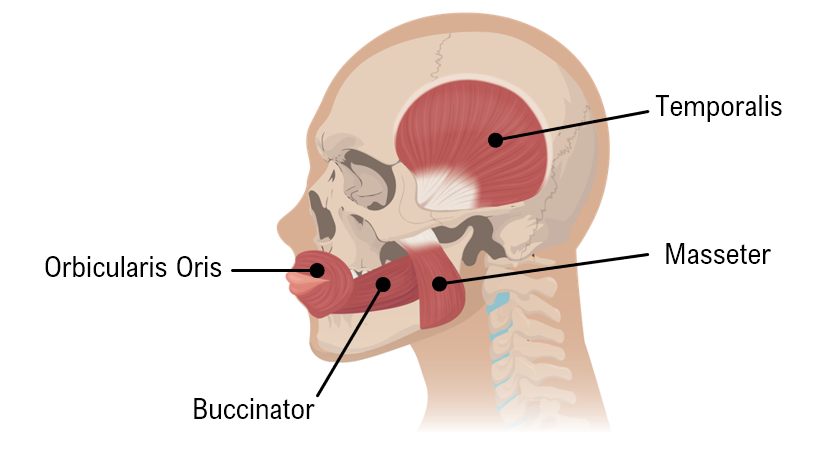Every skeletal muscle has two attachment points to the skeleton, known as the origin and the insertion. The origin is the stationary attachment site, while the insertion is the mobile attachment site. When a muscle contracts, these two ends move closer together, facilitating movement in the body. For example, when flexing the bicep brachii, the forearm moves closer to the shoulder, indicating that the insertion is located on the forearm and the origin is at the shoulder. A helpful mnemonic to remember this is: "the origin observes and the insertion inches closer."
Understanding the relationship between origin, insertion, and muscle movement is crucial. For instance, during knee flexion, the bicep femoris muscle pulls the tibia and fibula closer to the body, with the insertion on the tibia and fibula moving while the origin remains fixed on the ischium and femur. Conversely, during knee extension, the vastus intermedius muscle straightens the leg, with the insertion moving at the tibial tuberosity while the origin stays on the femur.
In abduction, the gluteus medius muscle moves the leg away from the midline of the body, with the insertion on the greater trochanter of the femur moving closer to the fixed origin on the ilium. In contrast, adduction, which brings the leg closer to the midline, involves the adductor longus muscle, where the insertion on the femur moves towards the stationary origin on the pubis.
Lastly, rotation involves the piriformis muscle, which allows the leg to turn outward. In this case, the insertion on the greater trochanter moves closer to the origin on the sacrum. Recognizing that the origin and insertion determine the movement of muscles can simplify the learning process, as understanding one aspect often leads to insights about the other.



 2 students found this helpful
2 students found this helpful
